Rome on screen: an everlasting love story
The relationship between Rome and cinema is a long-lasting relationship, since the Eternal City has always been the scene of incredible sets, thanks to the variety of its landscapes and monuments, perfect locations for films of yesterday and today.
Although already known, cinema has helped to expand, in several cases, the fame of many monuments consecrating them for eternity. Thanks to the masterpieces of cinema, many views of the Italian capital city are now associated with scenes or characters; this is the case of the Fontana di Trevi and The Dolce Vita, or the Bocca della verità and Roman Holidays, but also the Colosseum and Un americano a Roma or, in more recent times, the Eur lake and L’ultimo bacio or the Gianicolo’s fountain and The Great Beauty.
Walk the streets and neighborhoods where famous films were shot, can carry you within the film in question or live again one beloved scene.
If you want to dive into the magic atmospheres of the Eternal City you cannot miss these titles and their magic locations:
Il Marchese del Grillo: masterpiece of Mario Monicelli with the great Alberto Sordi. It is the perfect film to relive Rome in nineteenth century. Between the great monuments and the lesser known alleys, you are transported to the past with laughter! Among the most iconic locations: The Loggia dei Cavalieri di Rodi, Castel Sant’Angelo and the Roman Forum.
Love Italian way: Film a episodi that tells the vices, habits and costumes of Italian society of the 60s. Among the most beautiful scenes on the terrace that show the views of Sant’Agnese in Agone, the Palace of Justice and San Salvatore in Lauro.
Too bad she’s bad: Marcello Mastroianni and Sophia Loren in this funny fresco of Rome in the 50s. Between adventures and racing in the car Rome looks more beautiful than ever thanks to its wonderful monuments: The mouth of truth, the Colosseum and San Pietro.
Love & Anarchy: Lina Wertmuller directs Giancarlo Giannini and Mariangela Melato in a masterpiece of Italian cinema nominated for the Palme d’Or at Cannes. Revenge and love at the time of the fascist dictatorship between the views of Rome: from Piazza di San Pietro in montorio to the splendid Gianicolo.
All titles are available on www.movieitalyplus.com
Click here to read more articles!


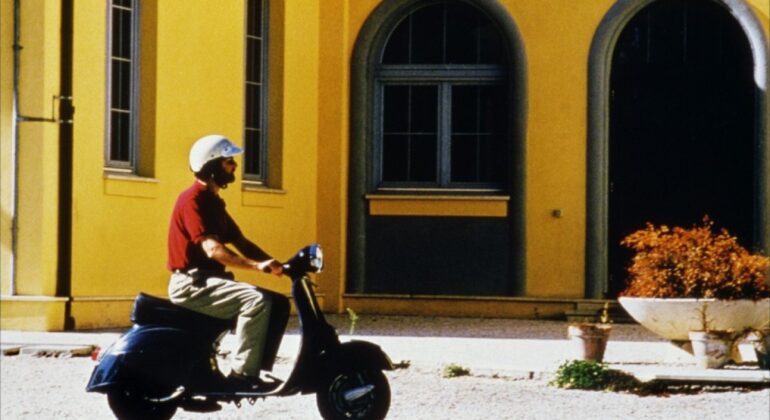
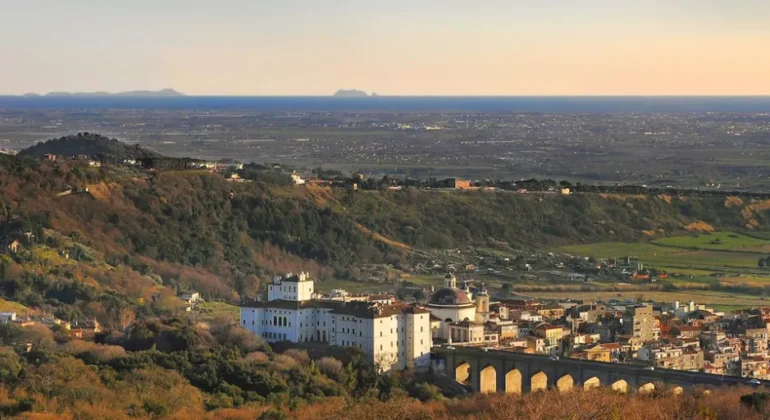

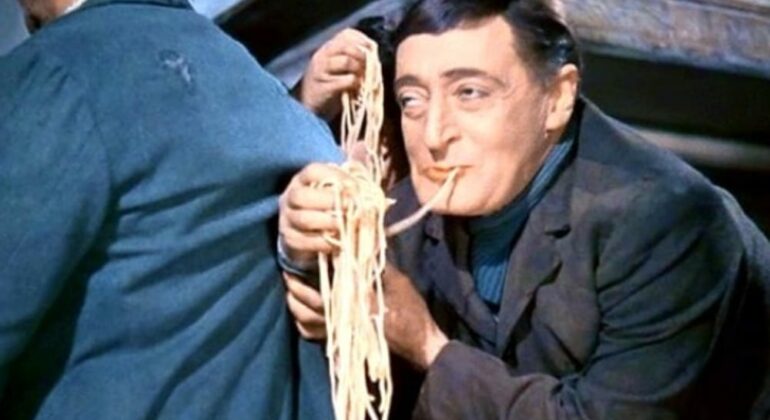
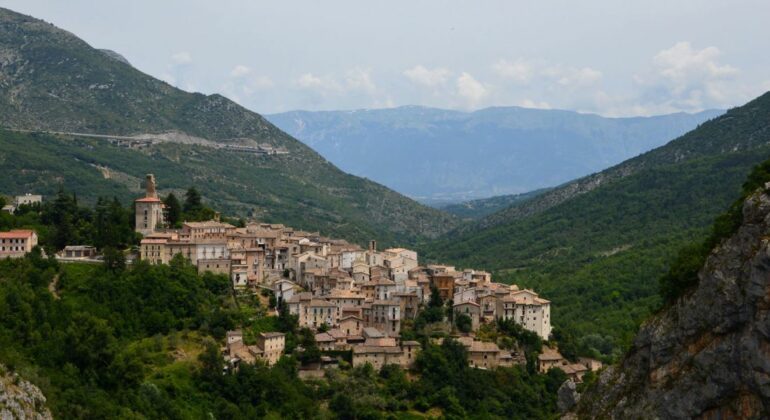
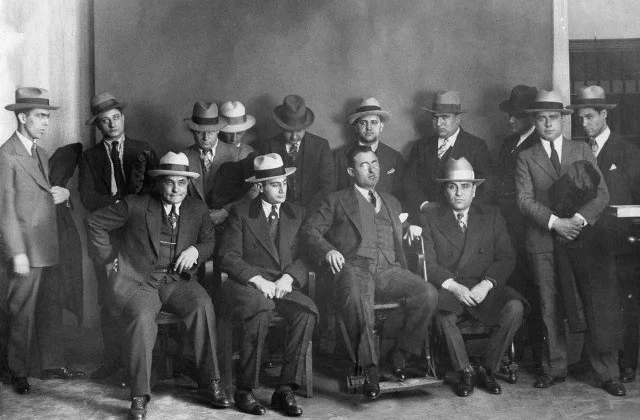
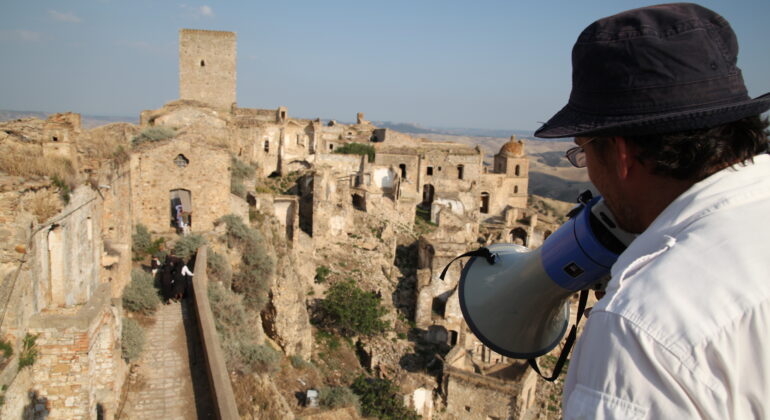
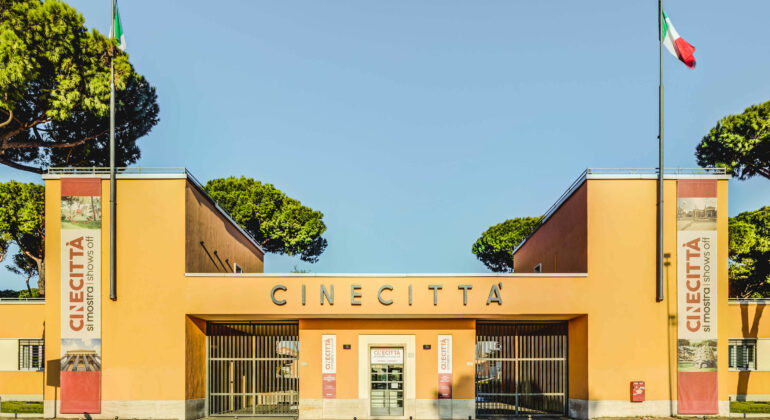
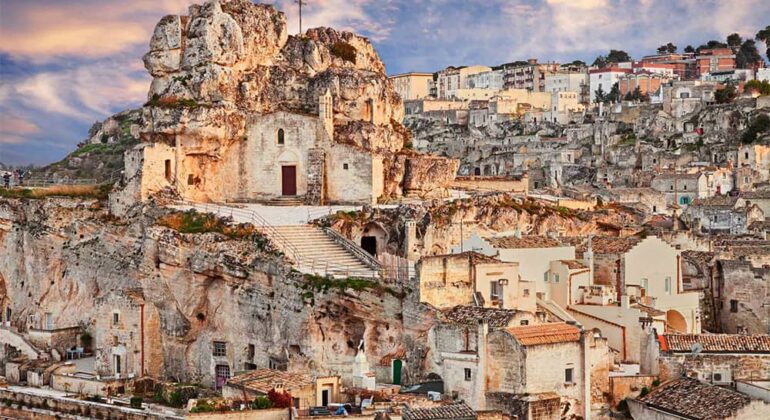
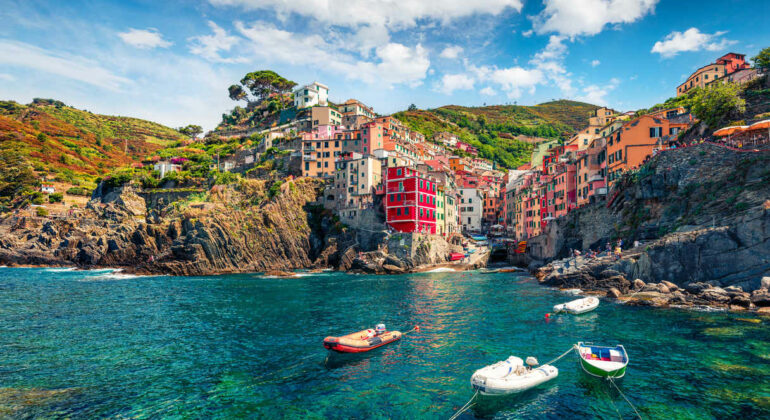

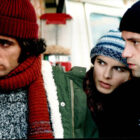


Recent Comments